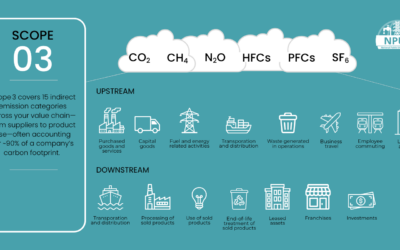Strategies for Overcoming Resistance to Change
There are two undeniable truths in Change Management: Change is constant, and people will resist it. How you respond to these truths can make all the difference in successfully delivering your project’s objectives.
Change does not have to be painful, and we are covering key strategies for managing resistance on your next project.
ADOPTION AND RESISTANCE MANAGEMENT
The long-term success of a project relies on individuals adopting change. Adoption is best supported when we can instill trust in the process, create a sense of shared ownership, operate consistently, and demonstrate success. Our proactive, agile strategy builds on cultivated empathy, connections, and accountability in the initial phases.
Each phase of our Change Adoption model aims to identify, understand, and mitigate anticipated resistance by connecting with people and empowering them to be a part of the strategy. While we focus on adoption during and after rollout, we recognize that disengagement, negativity, and productivity effects may be felt even before a change is formally announced. We listen and take action to support adoption from Day 1 of the project and provide a Transition Plan to continue long-term support as we transition ownership.
WHY DOES RESISTANCE OCCUR?
While an organization may aspire to change, the change is ultimately experienced and carried out by individuals. Change is not comfortable and changing is not an automatic response. Resistance comes from fearing the unknown, insecurity, or lack of communication. Resistance is the natural response to changes, whether brief and mild or very impactful.
WHY IS THIS IMPORTANT?
Resistance has a wide range of costs, including:
RESISTANCE MITIGATION STRATEGIES
Motive Power has employed the following strategies when supporting our clients through change.
LESSONS LEARNED
Motive Power takes pride in developing and improving each segment of its business. After each customer engagement, we reflect on our work to recognize lessons learned.
- When aligning multiple groups of people, it is important to understand the existing culture and practices of each. Listening and understand why they do what they do helps the Change team communicate each team’s needs when decisions are being made. This ensures everyone is well represented and the practices work for everyone (as much as possible)
- Reiterate the importance of planning for and managing change from the beginning
- Anticipated resistance
- Empathy, Connection and Collaboration
- Early involvement and input led to agreement on the implementation strategy
- Tailored solutions – every group and every individual is different
- Ended up modifying procedures to accommodate the needs of each regional team but also ensured that the processes were aligned overall
- Trust and thoroughly understand the cycle of resistance and change
- “Stay the course”
- Full transparency and open communication
Resistance is natural and almost always guaranteed to show up on a change project. It’s crucial to focus on the experience of people going through the change to get to the heart of resistance and facilitate true adoption. Resistance can be positive and help you deploy a change. Even negative resistance can be supported and used productively.
If your company is looking for help with new process implementation or change adoption, please reach out to inquiry@motive-power.com



